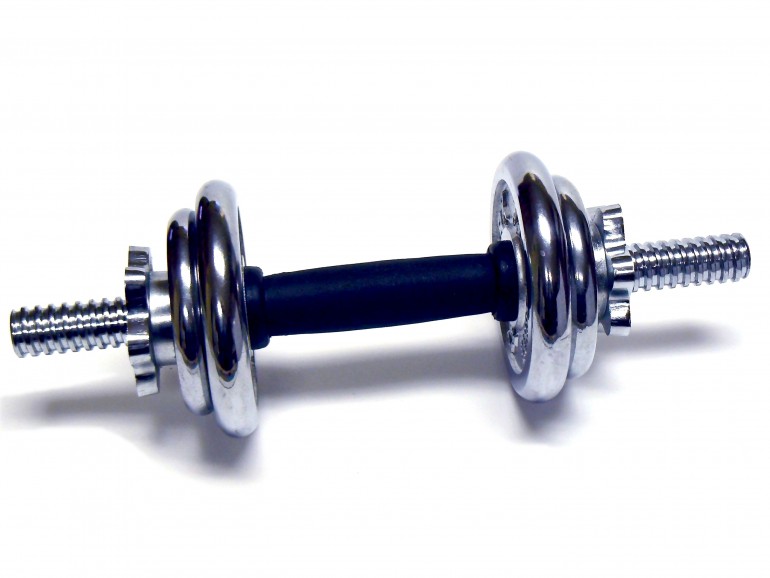
The term “muscle imbalance” is generally used in reference to opposing muscles controlling the movement at a particular joint. For our purposes, I will discuss muscular imbalances in the context of the same muscle on opposing sides of the body.
Most of us experience some form of muscular imbalance, whether it be related strength and/or size. It is hard to avoid such a condition when you take into consideration that we all have a dominant side which we subconsciously favour in most activities.
From a functional standpoint, imbalances may not be a major cause for concern unless one side is much stronger than the other. Most people tend to subconsciously overcompensate with the strong side which can lead to some complications, such as joint problems (arthritis, decreased range of motion, pain, etc) or overuse injuries (strains, muscle atrophy, etc). This is more of a concern when the individual in question trains on a regular basis and puts his/her body through abnormal amounts of physical stress. Therefore, as active individuals, it is wise to work to correct imbalances in the early stages and continuously monitor the balance within your body.
The following are some methods to help correct imbalances. This type of training is can be associated with an increased risk for injury related to overtraining; consult a Personal Trainer prior to engaging in this.
- Proceed through your regular routine. However, at the end of the exercise session, use cables or dumbbells to isolate the weaker/smaller side and engage in three sets of the isolateral movement. Target the muscles group(s) after each successive workout until you feel that the imbalance has been corrected. You can either keep your weights the same during the regular routine, or decrease them slightly to minimize the increase in strength/size in the dominant side (as it will continue to overcompensate).
- At the end of each set, superset (engage with no rest from previous exercise) with cables or dumbbells to isolate the weaker/smaller side. (Higher risk for injury – use proper form and have spot).
- Every few weeks, take a complete break from working the dominant side and spend a week isolating just the weak/small side.
As you workout, ensue that you constantly monitor for imbalances. Catch them early and save yourself a long rebuilding process. Using cables and/or dumbbells will allow you observe any potential imbalances. Also, ask your spot to give you feedback on your muscular balance.




